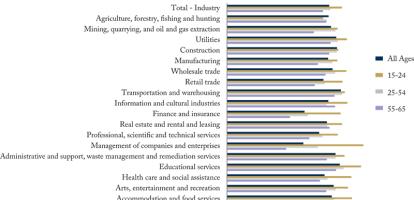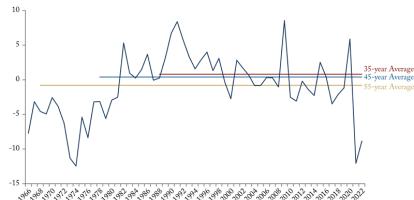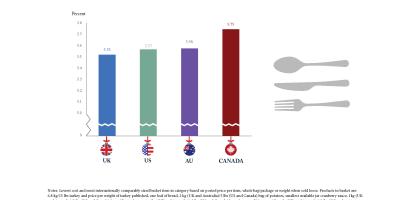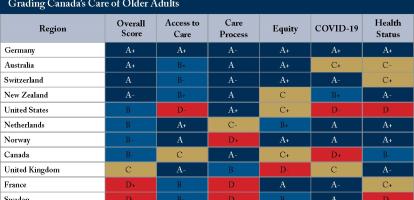
In this edition of Graphic Intelligence, we show the dramatic increase in Ontario’s electricity generating costs and the mounting fiscal burden on taxpayers due to electricity rebates.
The total cost of electricity generation in Ontario is the sum of the Hourly Ontario Energy Price (HOEP) and the Global Adjustment (GA), set monthly, which reflects the amount Ontario ratepayers pay producers who have long-term generation contracts. In general, these contracts provide producers with a fixed price whatever the wholesale market price at the time that power is produced, adjusting the GA to cover the difference between the fixed and market prices. As the real-time HOEP falls, the GA increases. As the top graph shows, Ontario’s electricity generating costs have risen since 2011, and with the decline in the HOEP, the GA has increased dramatically.
To reduce electricity costs for consumers, the previous Ontario government’s Fair Hydro Plan offered eligible consumers an 8 percent rebate on electricity prices – equivalent to the amount of HST – along with the government refinancing GA costs. Effective November 2019, Ontario’s present government replaced this rebate and refinancing with an Ontario Electricity Rebate of 31.8 percent. This came after the government restated the 2017-18 financial statements to show taxpayers bearing the annual financial cost of these subsidies. As illustrated in the bottom graph, taxpayer-funded support for electricity rates has mounted with the rising overall generating costs and increasingly generous rebates for consumers, which resulted in consumer prices for electricity falling back to levels from before 2014. From the Ontario government’s expenditure estimates, overall taxpayer-funded support for electricity prices is projected to rise to $5.6 billion in 2019-20, equivalent to the province’s entire revenues from Land Transfer Taxes and Gasoline Taxes combined.




